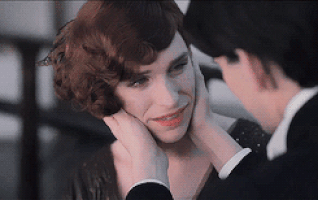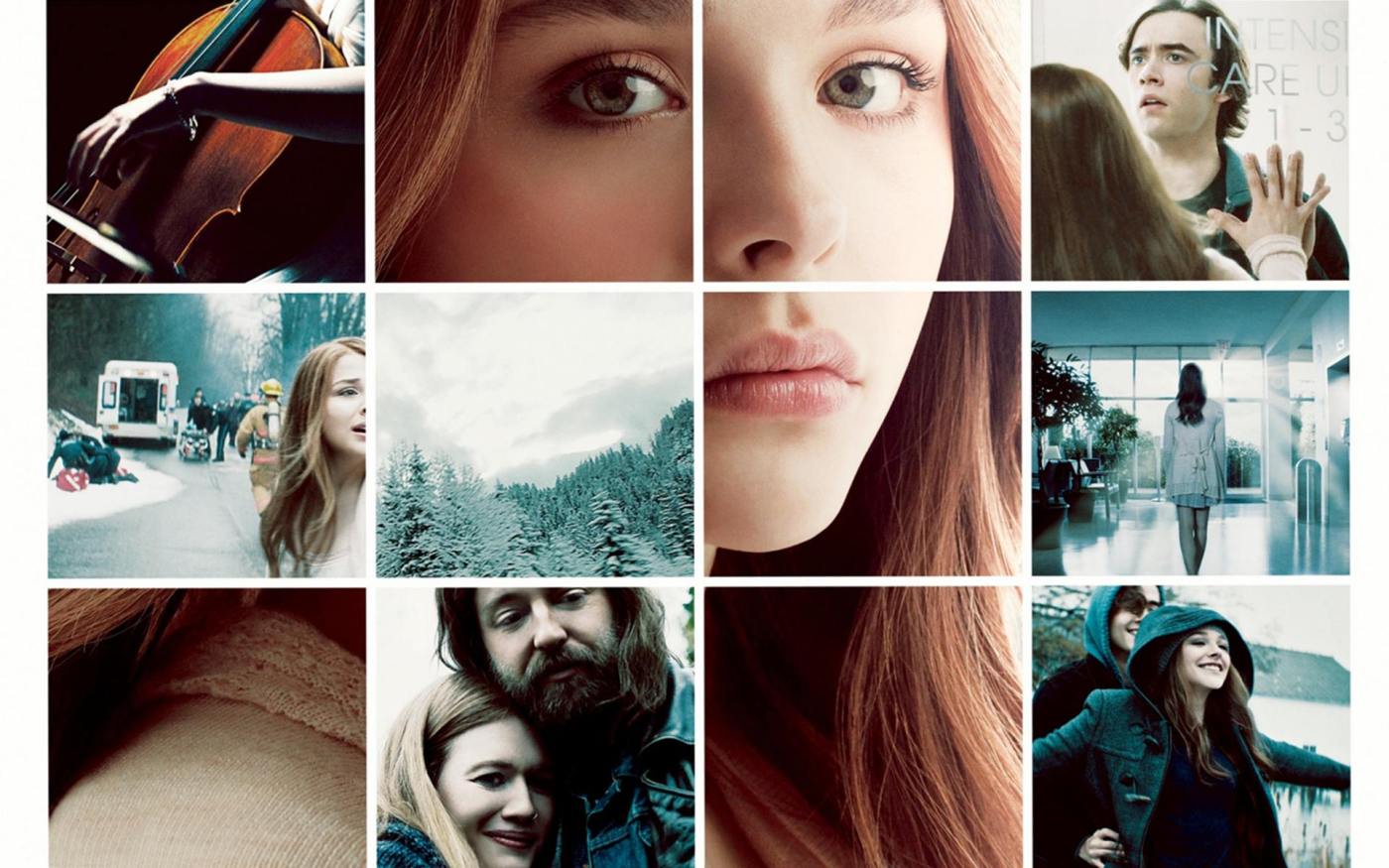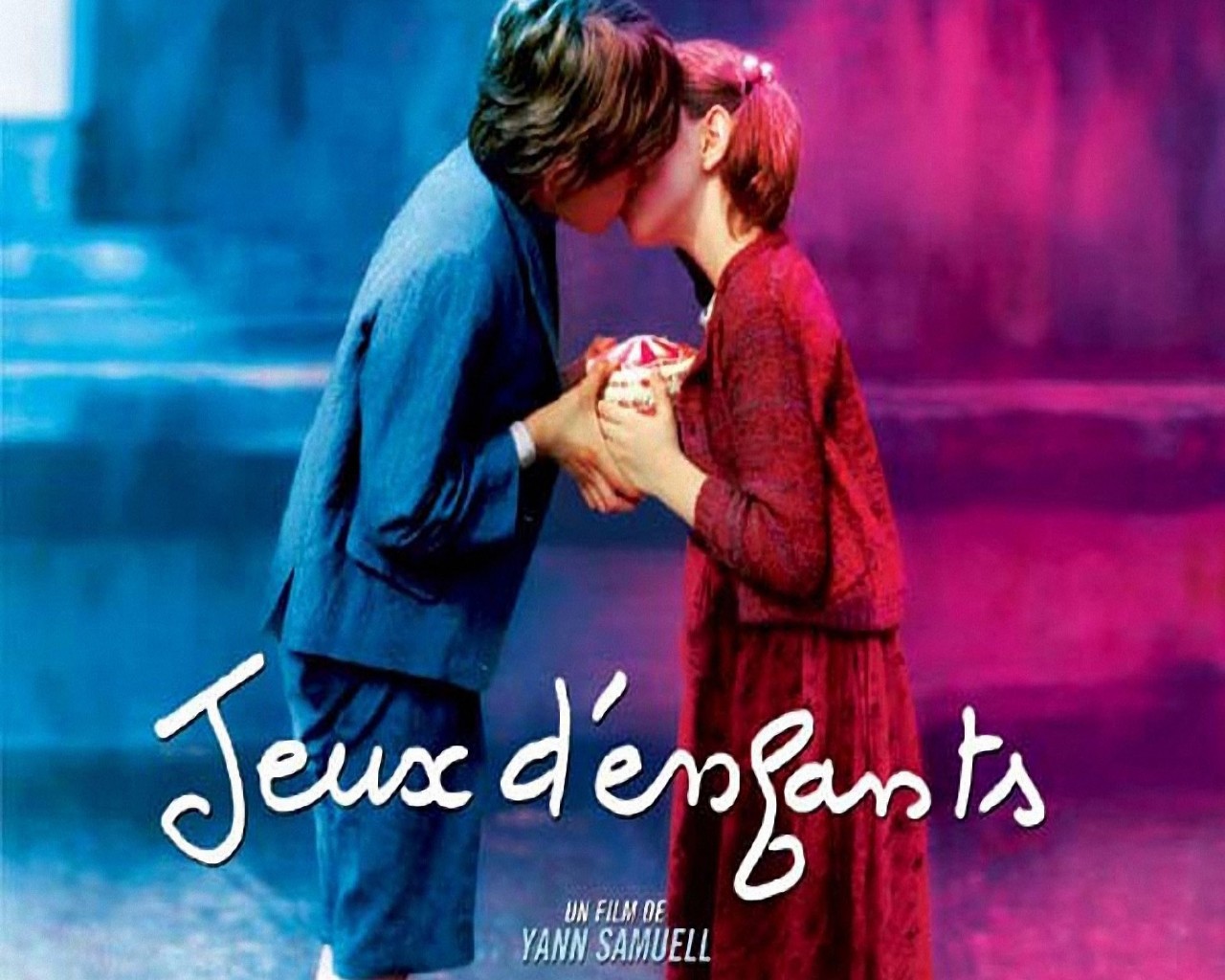Directed by: Tom Hooper
Starring: Eddie Redmayne, Alicia Vikander, Amber Heard, Matthias Schoenaerts, Ben Whishaw, Sebastian Koch, Emerald Fennell, Adrian Schiller
Adapted from a 2000 David Ebershoff novel of the same name, The Danish Girl is a film with a temerity as great as its momentousness. On a more profound degree than what can be observed in most cinematic productions today, it tackles transgender issues and how they have always been present in history yet never truly grasped by the billions.

Einar Wegener is a Danish painter who intends to aid his wife in her aspirations to rise in the field of art. When Gerda’s model falls through, Einar serves as a substitute, and dolled up in silk stockings and lovely dresses, the alluring Lili emerges, an alter-ego that Einar, after attending a gathering in her clothes, later develops doubts on whether the beautiful woman remains just a façade. When Hans Axgil, Einar’s childhood friend comes into the picture, the unrest within his mind only intensifies, and he faces a formidable decision – to become the woman that he knows he is, or to stay the man that his wife married.

Initially, the film gives way to the establishment of the characters’ primarily normal lives. It shows their attributes as individuals, their careers, their own struggles, and their life as a happily married couple. This provides the audience with an extensive knowledge on the personalities of the main two, forming a certain kind of familiarity that allows the people to connect with them on a personal level. This bond is what will arouse the most poignant throes of empathy in the viewers later in the film; it is to this bond that a view can owe the fullness of the experience.

By turns saddening, enlightening, and gut-wrenching, this movie is a must-watch for all those who seek a motion picture that offers something more… different.











Recent Comments